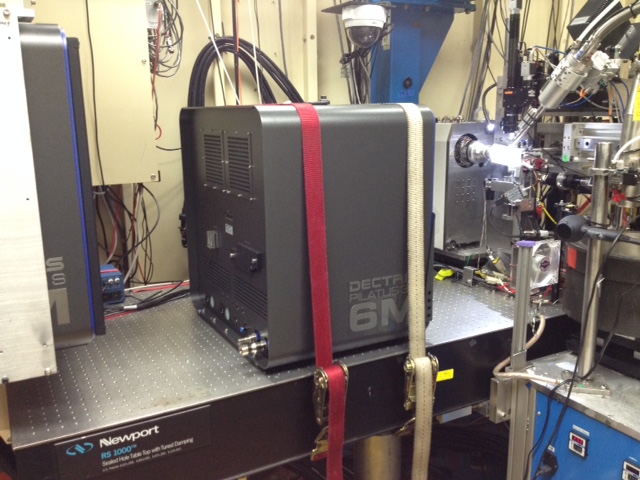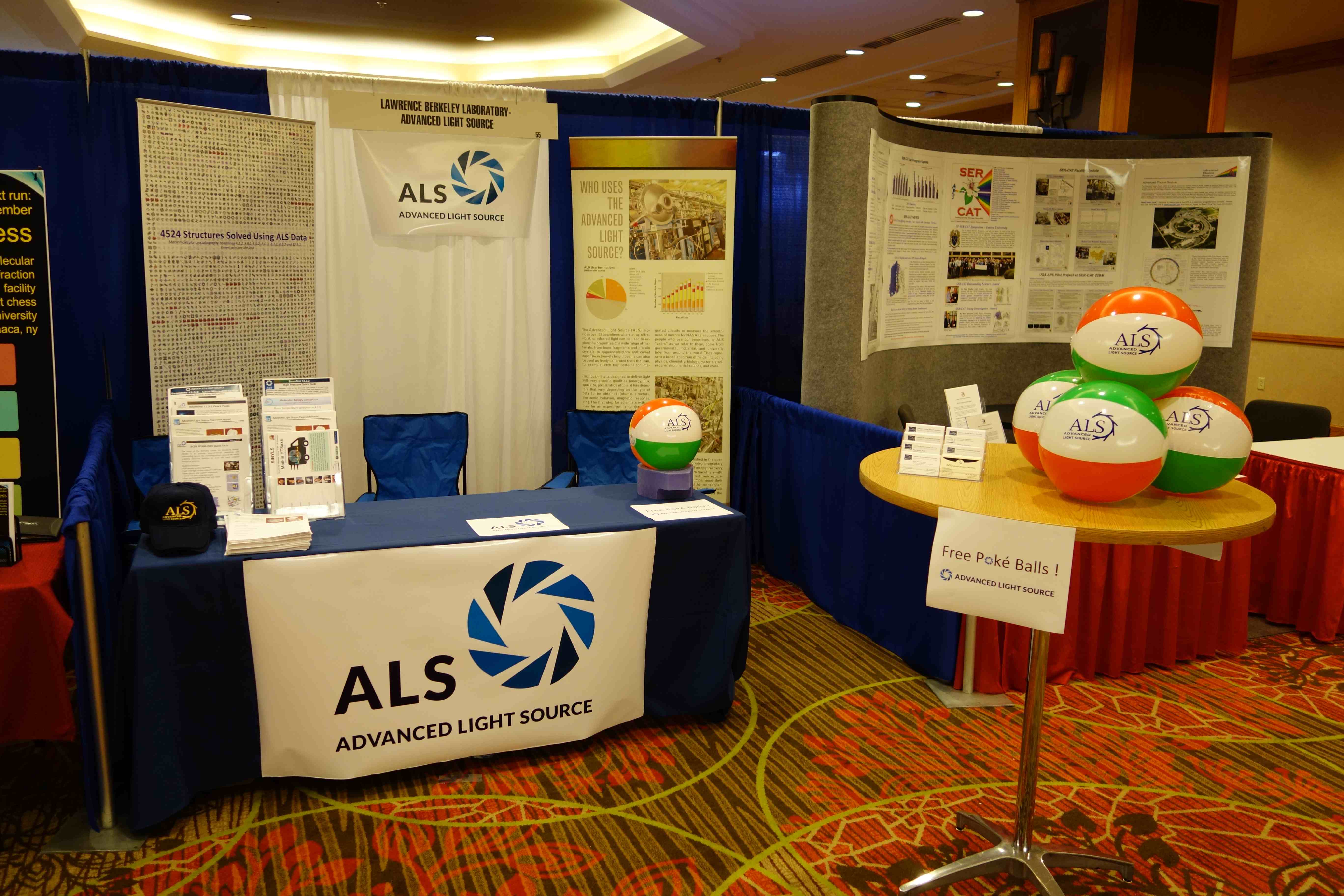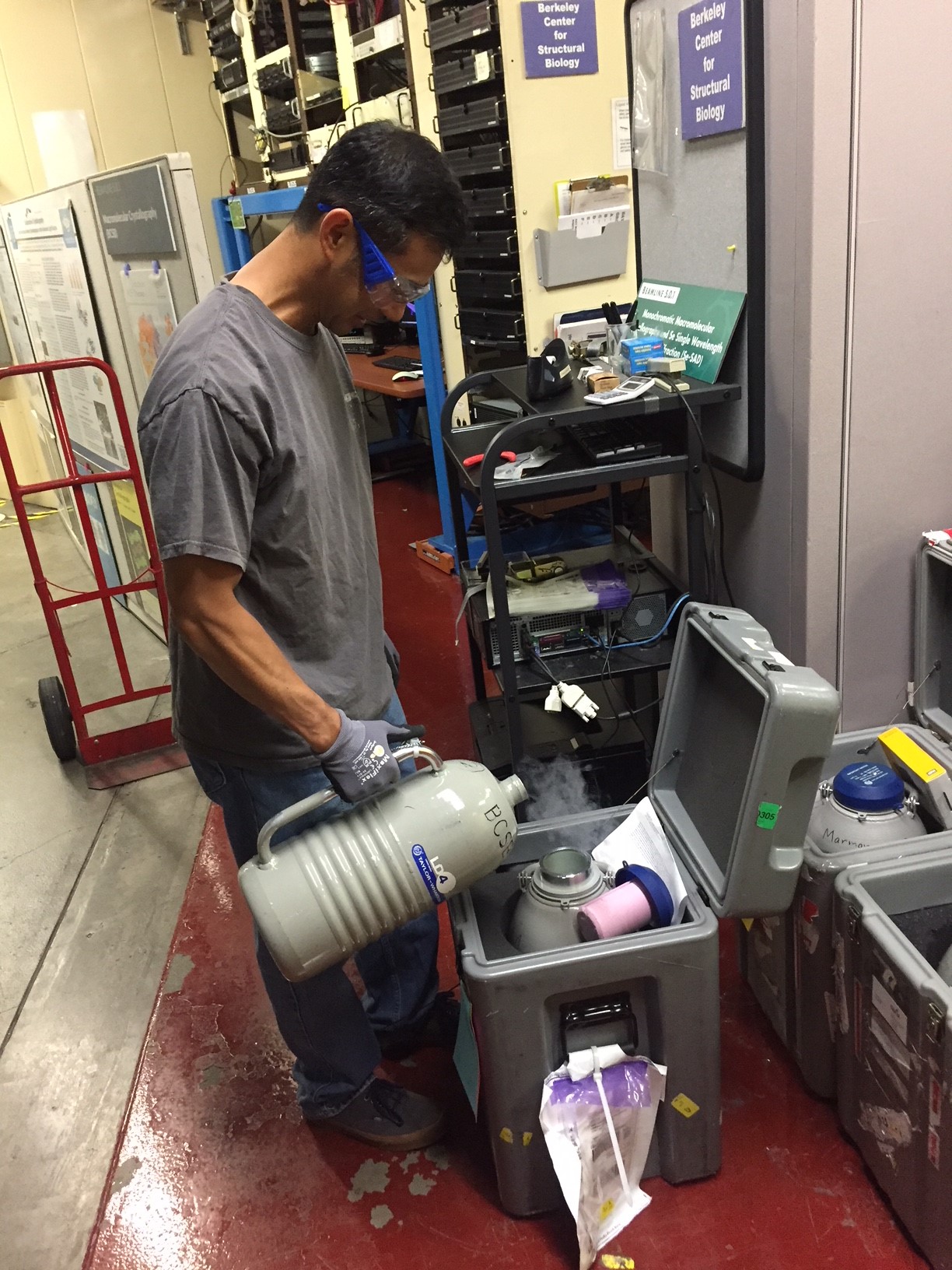Similar Posts
BCSB teams up with other ALS scientists at the ACA
BycorieSeveral BCSB staff teamed up with other ALS beamline scientists to represent the ALS at this year’s American Crystallographic Association meeting in Denver. In the picture are from left to right: Christine Beavers, Simon Morton, Diane Bryant, Stacey Ortega, Jay Nix, Corie Ralston:
Space Crystals
BycorieRecently, Marc helped a user run some crystals which the user had arranged to have grown in zero-gravity. Here are pictures of the crystal capillaries mounted at the beamline, and the raster grid used to locate crystals within a capillary.
BCSB represented at the ACA in New Orleans
BycorieOnce again, the BCSB teamed up with several other groups at the ALS to host a booth at the ACA. It was great to hang out with our ALS colleagues and to see many of our users.




